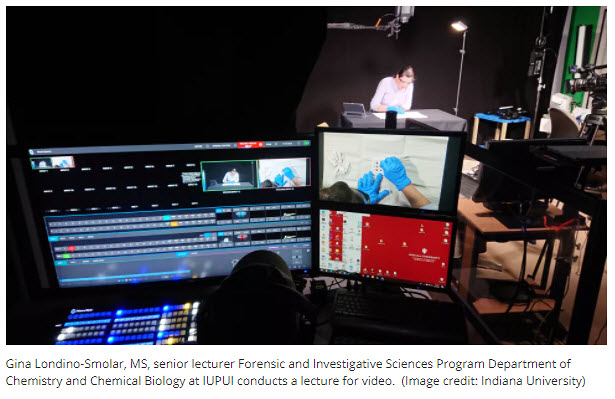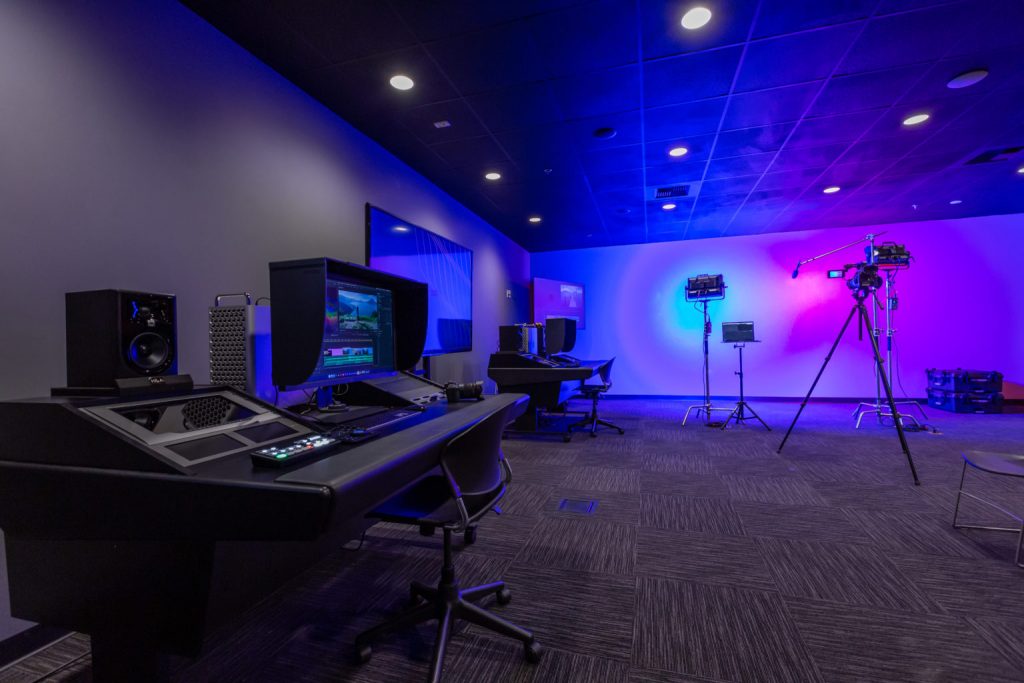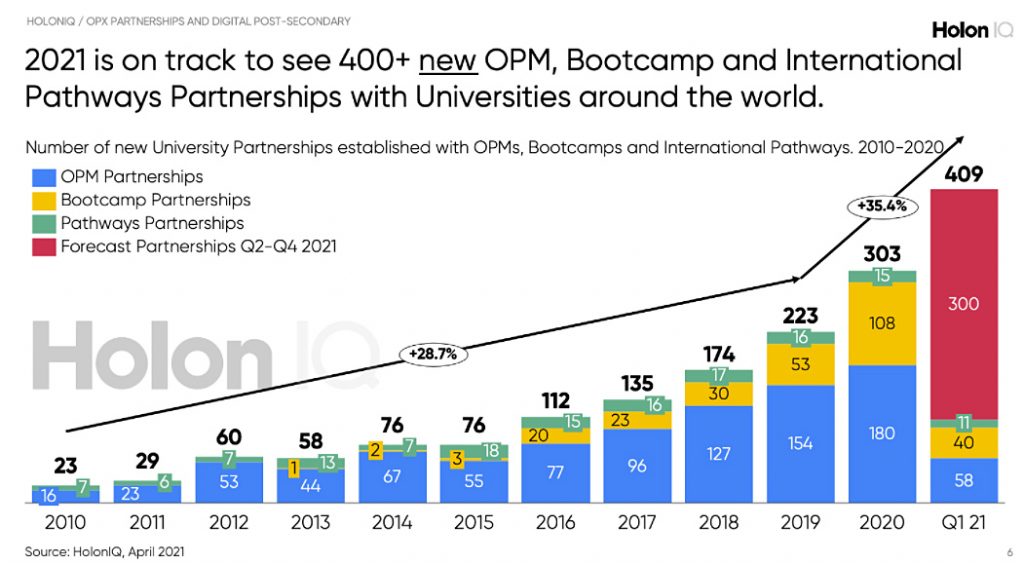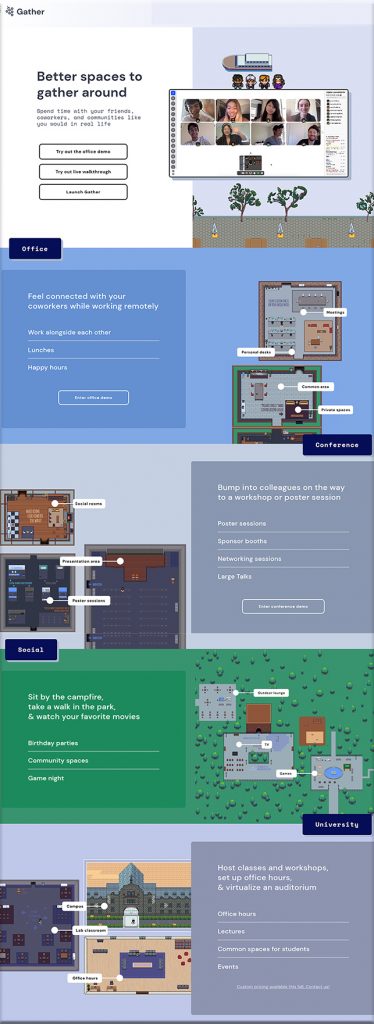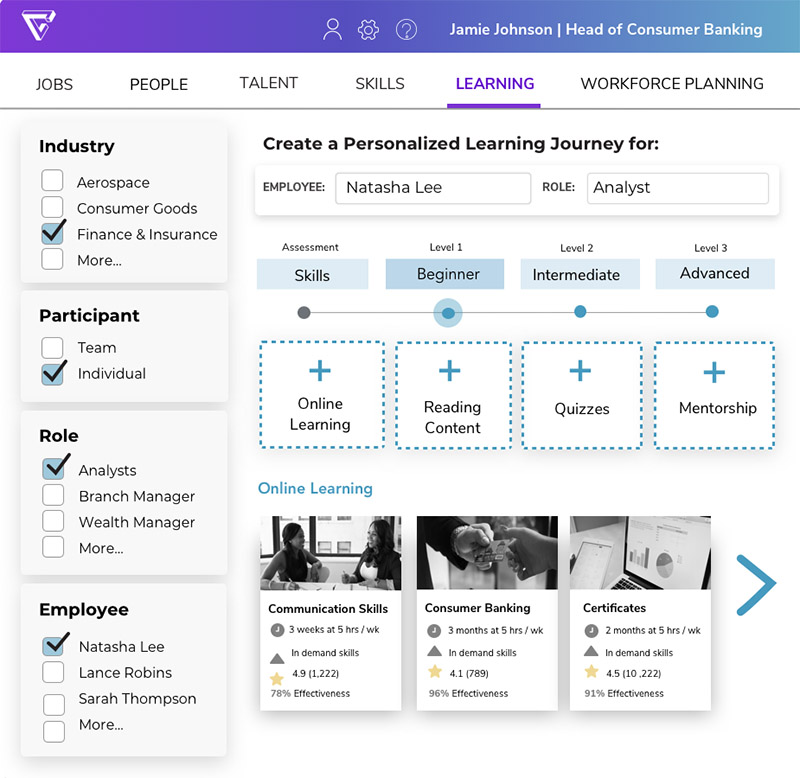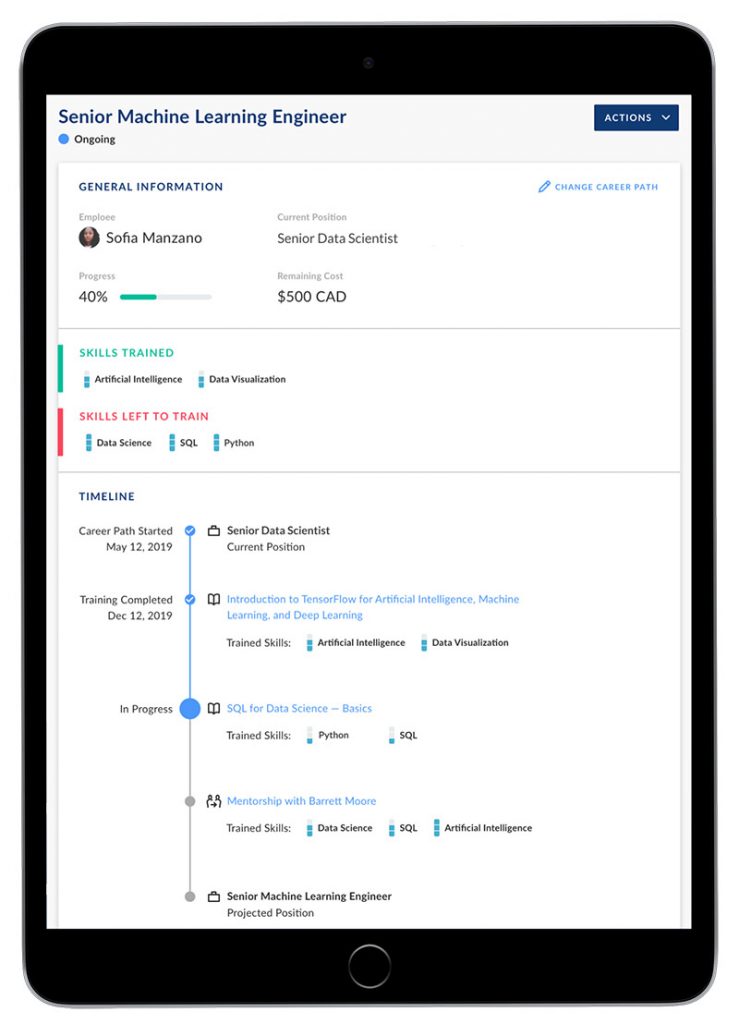2021 Report on the State of the Midsize Legal Market — from legal.thomsonreuters.com; with thanks to Gabe Teninbaum for this resource and the resource below
Managing through the endless changes of 2020 uncovered both challenges and opportunities for law firms. The past year was an exercise in responding swiftly and decisively to massive disruptions. 2021 may allow for a strategic reassessment of what works — or no longer works — in this new environment.
Download the “Report on the state of the midsize legal market” for a look back at midsize law firms’ performance, the strategies they employed to preserve profitability throughout the year, and the unique opportunities that exist for them.
Also see:
The fate of midsize firms in a post-pandemic world — from abovethelaw.com by Nicole Black
Excerpts:
Of course, the effect of the pandemic on the practice of law varied greatly from one firm to the next. Often, the impact was largely dependent on firm size, geographic location(s), practice area(s), and, of course, technology readiness. For example, some firms were already operating in the cloud and were able to quickly pivot to remote functionality and were easily able to communicate with clients and colleagues, accept online signatures and payments, and quickly access documents and law firm data. For other firms, the transition to remote work was a much more difficult one.
Law firms leaders quickly learned that a willingness to adopt new technologies into their firms was a requirement for survival during the pandemic.
…
The bottom line: we’re going to be entering a “new normal” on the other side of the pandemic and the old school ways of thinking and doing business simply won’t cut it. An innovative mindset is key, and this includes a willingness to: 1) adapt when needed, and 2) invest in cutting edge technologies that will ensure built-in efficiency and flexibility.









